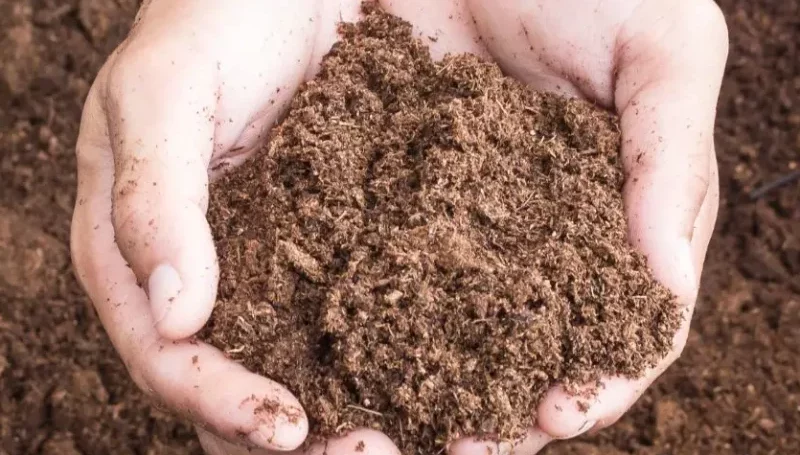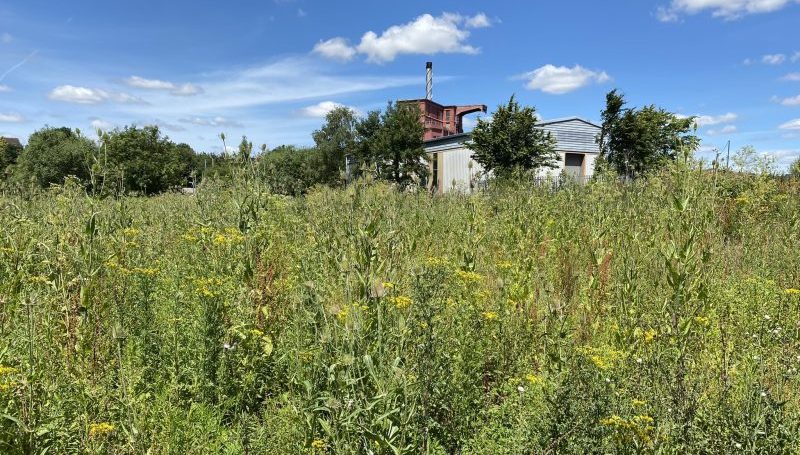Over the Easter break I settled down to watch the 1971 film Willie Wonka and the Chocolate Factory – with an Easter egg of course! Unarguably, the best part of the film is when the children first set foot in the chocolate room, the nerve centre of the factory resembling a garden made entirely out of chocolate and sweets, where everything is edible. There is a chocolate river, edible plants and grass. Daffodils are dainty edible teacups, which I imagine taste like lemon sherbets. Toadstools have pockets of creamy sweets which might be marshmallow. It could be described as the ultimate edible landscape – fantasy of course – and not a very healthy edible landscape! However, it’s certainly different, fun and exciting. This got me thinking about edible landscapes and the joy and potential health benefits of eating seasonal produce straight from the source at the perfect ripeness.
I am passionate about growing as much food as possible for myself and my family and try to source local produce as much as possible. With locally fresh produce becoming more expensive and sometimes difficult to get hold of, is it about time that we incorporate a proportion of edible plants into new landscapes? It is common practice to include some fruit trees within rear gardens of new residential plots for example, but perhaps we take it a step further to create ‘edible landscapes’. Let’s create more community orchards within public open spaces such as village greens. Specify hedgerows with a biodiverse mix of edible berries and nuts. Or perhaps include edible salad leaves in meadow planting.
What is an edible landscape?
As early as the 10th century, Benedictine monks created herb-lined gardens with neighboring roses. It wasn’t until the Renaissance that people began intentionally separating purely ornamental plants.
A traditional form of edible landscaping is called a potager, or kitchen garden. Taken literally, the phrase ‘potager’ translates as ‘for the soup pot’. Finding its strongest roots in France in the 16th and 17th centuries, these small container gardens were meant to supply herbs for soups. They gradually expanded into larger plots with more plant variety, similar to modern edible landscapes.
Although pleasant to look at during harvest time, vegetable gardens often defer to flowering ones when it comes to prominence and appearance. One distinguishing feature among many of these crop-yielding plots is their location. Often, people till up plots of dirt hidden away from the front lawn. Not so with edible landscaping. Tomatoes, squash and their other edibles are no longer planted away from the gaze of passersby. They now find new homes nestled beside showstoppers like roses. Proudly displayed flowers no longer escape harvesting either, with edible varieties added to salads, sandwiches and even ice creams.
In the 1980s, landscape designer and environmentalist Robert Kourik coined the term “edible landscaping” to denote a new kind of gardening that marries aesthetic design with crop production. Rosalind Creasy brought the concept into the mainstream gardening world with her 1982 publication “The Complete Book of Edible Landscaping”.
More recently, edible landscaping has taken up an environmentalist approach. Lawns waste precious energy because of the pesticides, fertilizers and electric mowers that people use to maintain them and are often low in biodiversity. From all that input, only the visual gratification and occasional use of a green lawn is received, rather than a kitchen full of fresh ingredients. Edible landscaping also promotes habits of eating seasonal food from your local area.
What do edible landscapes look like?
Edible landscapes emphasise creativity with gardening techniques, using fruit and vegetable bearing plants, herbs and edible flowers throughout gardens to turn the traditional lawn/garden into a more utilitarian space. By bordering with lettuce, allowing grape vines to crawl up trellises and using mint as a ground cover, edible landscaping encourages growth and harvest rather than monotonous maintenance.
Edible plants are mixed with ornamental plants and no longer hidden away as part of a kitchen garden or a considered ‘ugly’ vegetable patch.
What can be included in an edible landscape?
Edible landscapes can include all sorts of edible plants, from fruit trees, berries and nuts in hedgerows, flowers and vegetables in borders and herbs in grass. Some of the best plants for edible landscapes include those which have attractive flowers or foliage and are good for pollinators, such as alpine strawberries with attractive flowers, bright berries and can be grown in the ground or container, and mint for a fast-growing ground cover.
Certain vegetables pair well with other flower species, such as nasturtiums with summer squash and marigolds with tomatoes. Because of the variety of plants involved with edible landscapes, the blooming or harvesting seasons of the plants can be staggered to ensure year-round beauty.
There are plenty of edible flowers too including rose petals, lavender, violets, pansies and nasturtiums.
These examples are not quite the same as Willy Wonka’s chocolate factory but with some of the same feel-good principles.
How do we embrace and develop edible landscapes?
The Ecus Landscape Team are currently designing a potager garden which will incorporate the ideas discussed in this blog and we are always happy to maximise the edible plants specified in our planting schemes.
If you know where to look, many plants are edible. Let’s educate each other on the edible food available that is tasty, nutritious and free! Let’s embrace this and plant edibles at every opportunity, not only for humans but for birds, insects and other animals.




